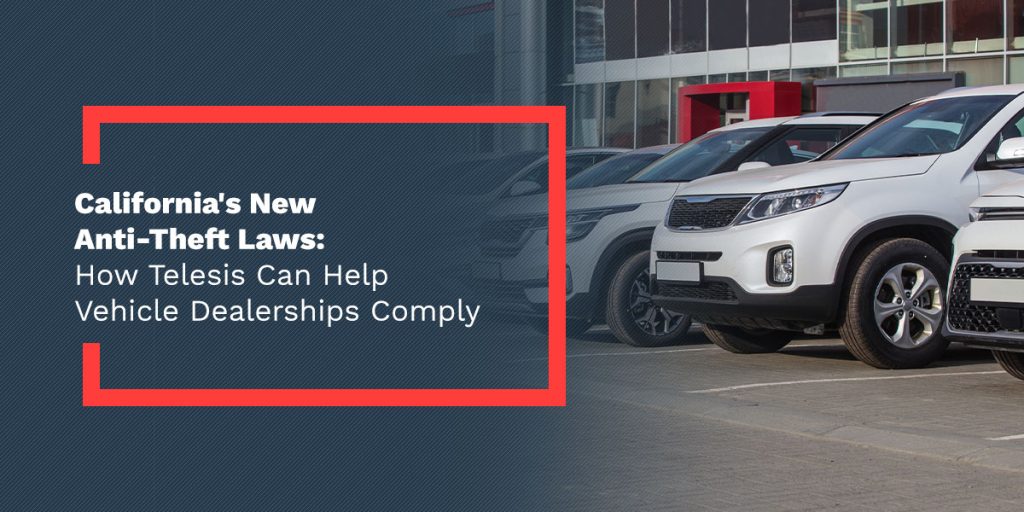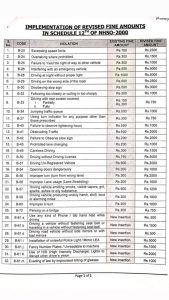

**Thorough Overview of California License Plate Rules**
California license plates are a vital element of vehicle identification and regulation in the state. Grasping the rules related to these plates is important for vehicle owners to guarantee adherence to state laws. This overview offers an extensive summary of California license plate rules, encompassing issuance, display mandates, and specialty plates.
**1. License Plate Issuance**
In California, the Department of Motor Vehicles (DMV) oversees the issuance of license plates. Upon registering a vehicle, the DMV supplies two license plates, one intended for the front and one for the back of the vehicle. These plates must be affixed to the vehicle before it is legally operated on public roadways.
**2. Display Mandates**
– **Placement:** California law requires vehicles to have license plates displayed on both the front and back. The rear plate must be lit and easily visible at night from a range of 50 feet.
– **Visibility:** License plates are to be mounted in a way that they are clearly observable and not hidden by any part of the vehicle or its accessories.
– **Condition:** Plates should be maintained in good shape, free of damage, and the numbers and letters must be readable. Any cover or frame that obstructs the visibility of the plate’s numbers, letters, or registration stickers is not allowed.
**3. Registration Stickers**
Each year, vehicle owners are required to renew their registration, which entails acquiring a new registration sticker. This sticker is to be affixed to the rear license plate in the specified area, showing the month and year of expiration.
**4. Specialty License Plates**
California provides a range of special license plates, including custom plates, special interest plates, and plates for specific causes or organizations.
– **Custom Plates:** Vehicle owners can request personalized plates featuring unique letter and number combinations, subject to DMV availability and approval.
– **Special Interest Plates:** These plates support various causes, like environmental conservation or alumni organizations. A percentage of the fees for these plates usually goes towards supporting the respective cause.
– **Disabled Person Plates:** Available for individuals with disabilities, these plates offer specific parking privileges.
**5. Temporary License Plates**
When acquiring a new or used vehicle, dealerships supply temporary license plates that are valid for 90 days. These temporary plates permit the vehicle to be legally driven while the permanent plates are being processed.
**6. Replacement of Lost or Damaged Plates**
In instances where a license plate is lost, stolen, or damaged, vehicle owners must seek a replacement through the DMV. This process requires filling out an application form and paying a replacement fee.
**7. Penalties for Non-Compliance**
Not adhering to California license plate regulations can lead to fines and penalties. Common infractions include failing to display both plates, having obstructed or illegible plates, and neglecting to attach current registration stickers.
**Conclusion**
Complying with California’s license plate rules is critical for lawful vehicle operation within the state. Vehicle owners ought to ensure their plates are correctly displayed, kept in good condition, and updated with current registration stickers to evade penalties. For more in-depth information or specific questions, reaching out to the California DMV or visiting their official website is advisable.






